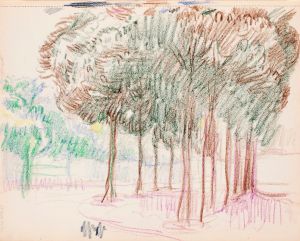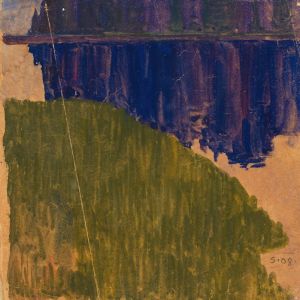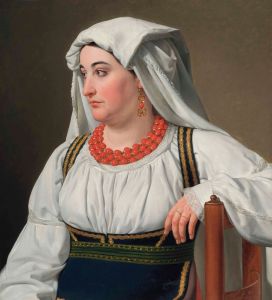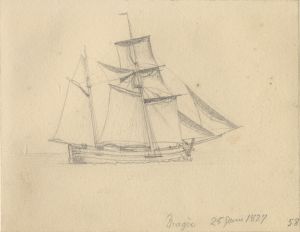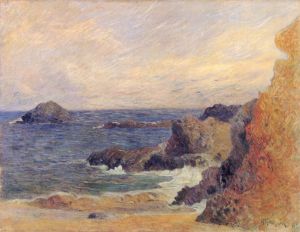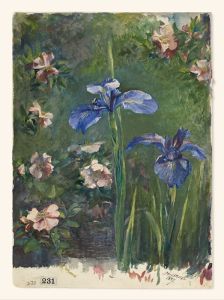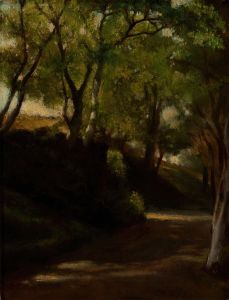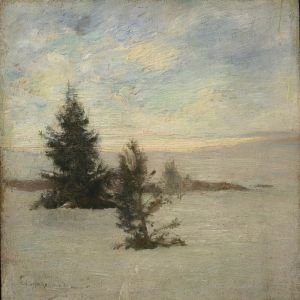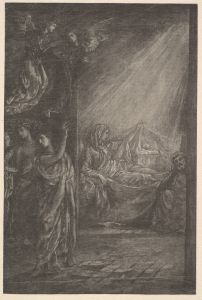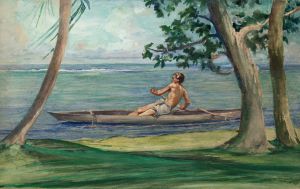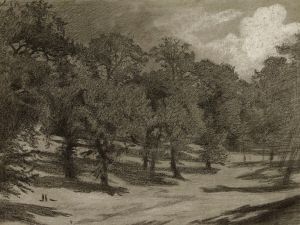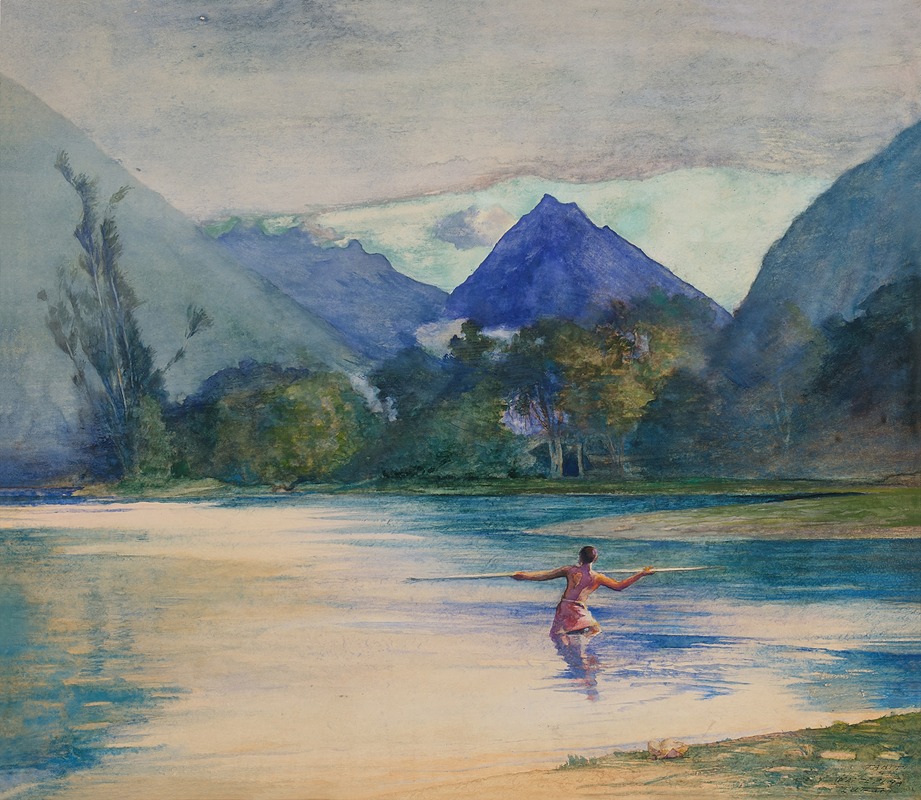
Entrance to the Vai-Te-Piha River, Cook’s Anchorage
A hand-painted replica of John La Farge’s masterpiece Entrance to the Vai-Te-Piha River, Cook’s Anchorage, meticulously crafted by professional artists to capture the true essence of the original. Each piece is created with museum-quality canvas and rare mineral pigments, carefully painted by experienced artists with delicate brushstrokes and rich, layered colors to perfectly recreate the texture of the original artwork. Unlike machine-printed reproductions, this hand-painted version brings the painting to life, infused with the artist’s emotions and skill in every stroke. Whether for personal collection or home decoration, it instantly elevates the artistic atmosphere of any space.
"Entrance to the Vai-Te-Piha River, Cook’s Anchorage" is a painting by the American artist John La Farge, created during his travels in the South Pacific in the late 19th century. La Farge, known for his work as a painter, stained glass designer, and writer, embarked on a journey to the South Seas with his friend, the writer Henry Adams, in 1890-1891. This voyage significantly influenced his artistic output, leading to a series of works that captured the landscapes and cultures of the islands he visited.
John La Farge was born on March 31, 1835, in New York City. He was a prominent figure in the American art scene during the late 19th century, recognized for his innovative use of color and light. His travels to the South Pacific were partly inspired by a desire to explore new subjects and themes, as well as to escape the pressures of his life in the United States. The journey took him to various locations, including Samoa, Tahiti, and Fiji, where he created numerous sketches and paintings.
The painting "Entrance to the Vai-Te-Piha River, Cook’s Anchorage" depicts a scene from one of these locations. The Vai-Te-Piha River is situated in Tahiti, an island that was a frequent subject of La Farge's work during this period. The title of the painting references "Cook’s Anchorage," likely alluding to the historical visits of the British explorer Captain James Cook to the island in the 18th century. Cook's voyages were among the first European explorations of the Pacific Islands, and his encounters with the region had a lasting impact on Western perceptions of the South Seas.
La Farge's painting captures the lush, tropical environment of Tahiti, characterized by its vibrant vegetation and serene waters. His use of color and light in the work reflects his interest in the natural beauty of the islands and his desire to convey the atmosphere and mood of the location. The painting is an example of La Farge's ability to blend realism with a more impressionistic approach, using loose brushwork and a rich palette to evoke the sensory experience of the scene.
During his time in the South Pacific, La Farge was deeply influenced by the cultures and landscapes he encountered. His works from this period often incorporate elements of the local environment and reflect his fascination with the interplay between nature and human presence. The paintings and sketches he produced during his travels were later exhibited in the United States, contributing to a growing interest in the art and culture of the Pacific Islands.
"Entrance to the Vai-Te-Piha River, Cook’s Anchorage" is part of La Farge's broader body of work that explores themes of exploration, discovery, and the beauty of the natural world. His South Pacific paintings remain significant for their artistic merit and their role in documenting a period of cultural exchange and exploration. Today, La Farge's works are held in various collections, including major museums and galleries, where they continue to be appreciated for their historical and artistic value.






